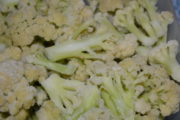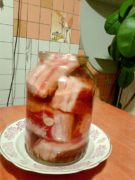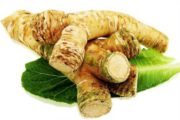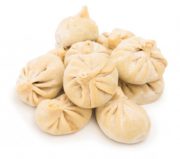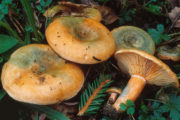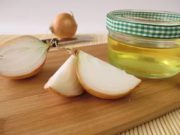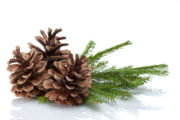Frozen Cauliflower
Hardly anyone doubts the benefits of cauliflower; frozen cauliflower is no exception. But how to properly freeze and preserve these delicate inflorescences for the winter? After all, it can turn blue or darken when frozen.
I bring to your attention a recipe with step-by-step photos of freezing cauliflower. Do all the procedures correctly and frozen cauliflower will retain all its beneficial properties perfectly.
How to freeze cauliflower for the winter
First of all, remove all the foliage and rinse the cabbage heads under running cool water. This must be done quite carefully so that there is no dirt or small insects left in the curly heads of the inflorescences.
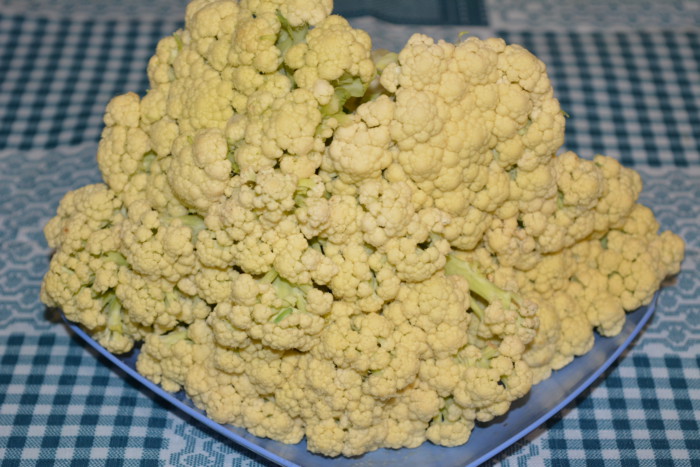
Let's separate the cauliflower into individual inflorescences. In this case, it is necessary to remove all rotten parts of the plant (if there are any, of course).
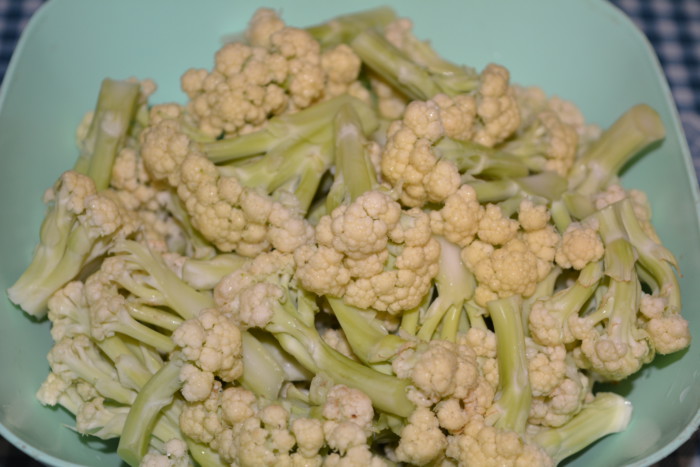
The next step is light blanching. To do this, place the inflorescences in boiling water and boil them for 3 minutes.
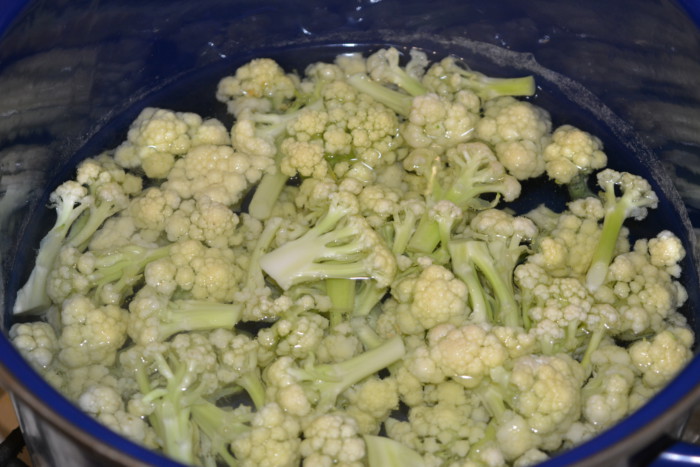
After 3 minutes, remove the cabbage with a slotted spoon and immediately lower it into cold water.
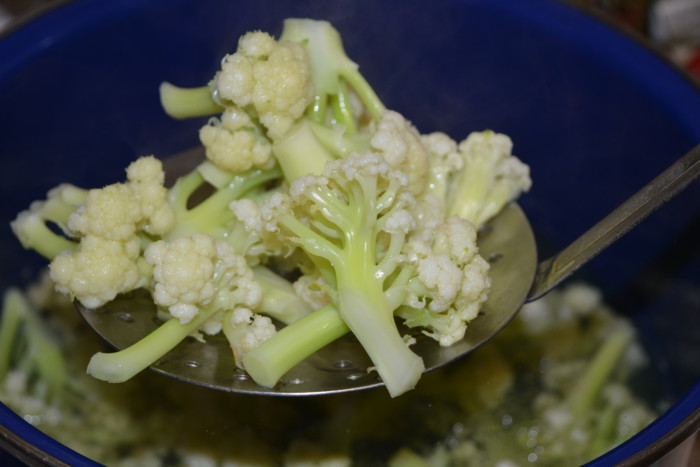
A container of cold water must be prepared in advance. It would be ideal if you first put a few ice cubes in the water. The water temperature should be as low as possible.

When the cabbage inflorescences have cooled, place them in a colander and wait until all the excess liquid has drained.
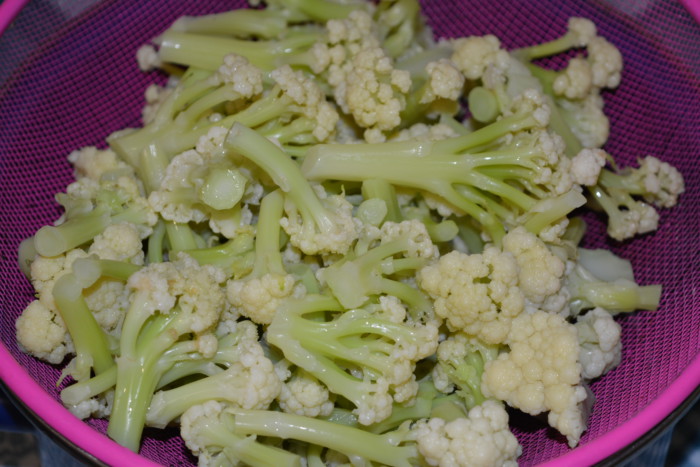
Next, place the cabbage on paper towels and pat dry slightly.
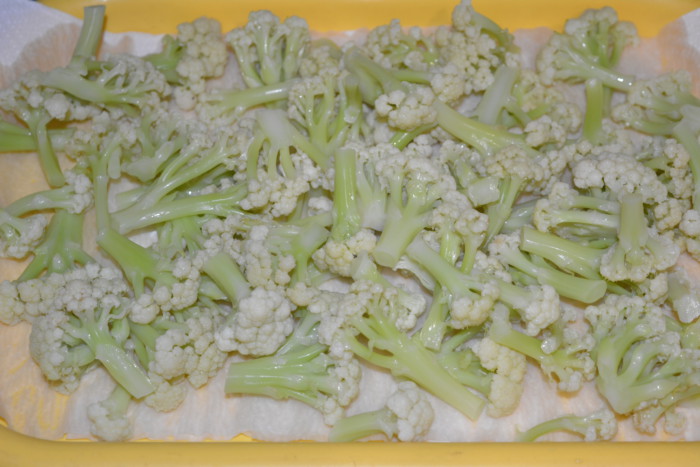
The final stage will be freezing. If you want to get a crumbly preparation, then it is better to freeze the cauliflower on a flat surface, and then package it in containers for further storage. I place the inflorescences on a special freezer rack.

After a day, frozen cauliflower is simply transferred to containers or special bags for freezing.
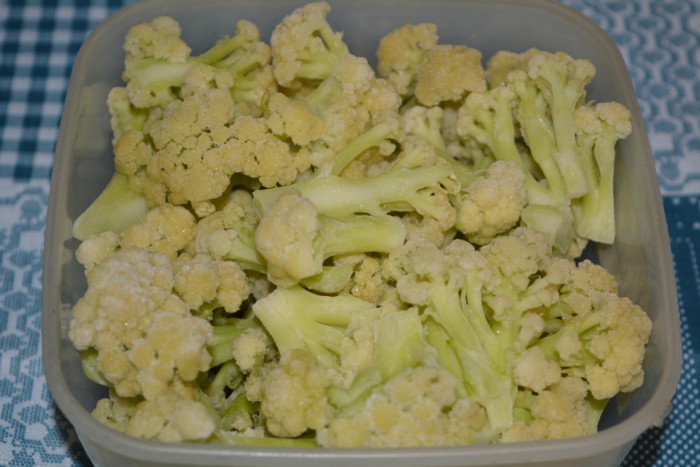
Freezing vegetables is an easy way to preserve them for the winter. And now you know how to do it correctly.

